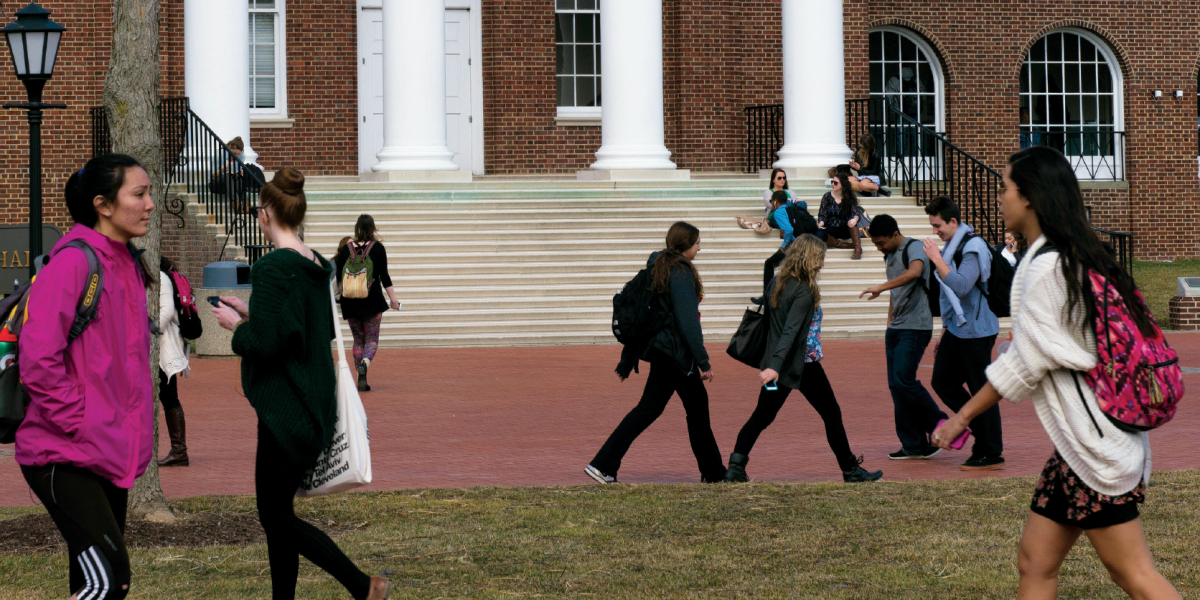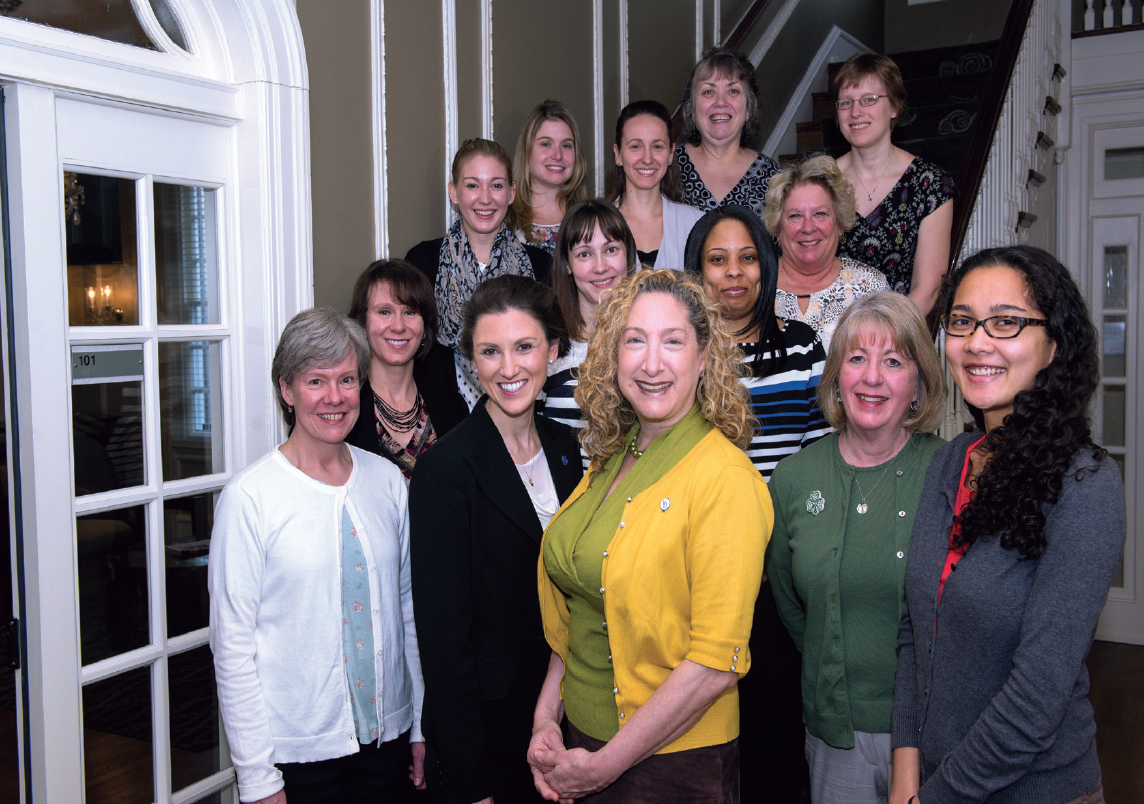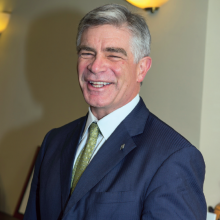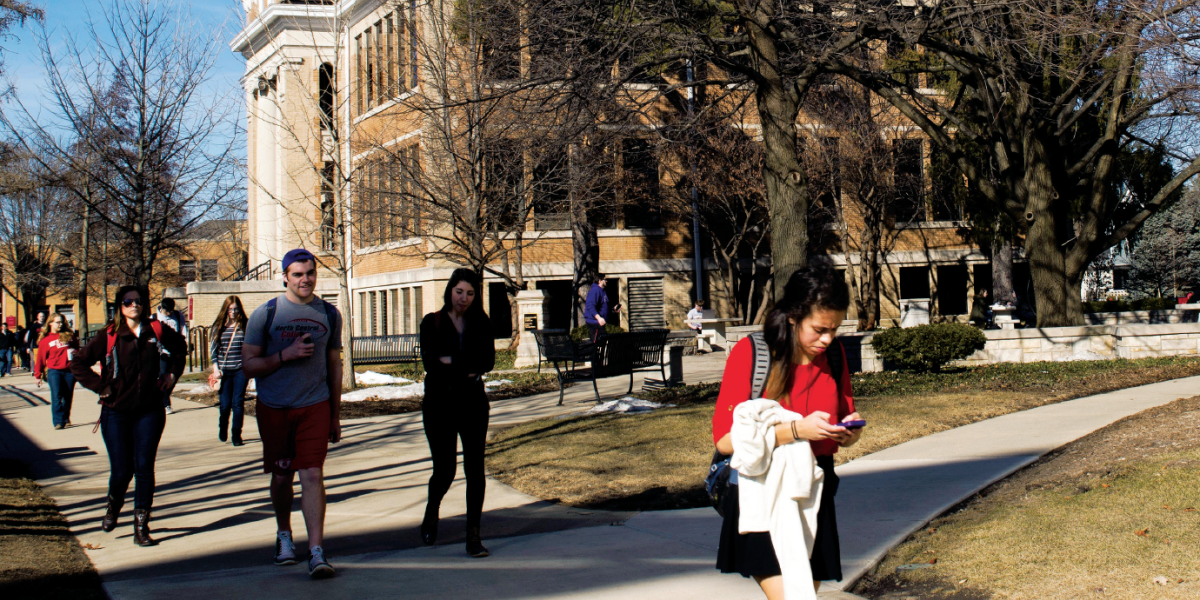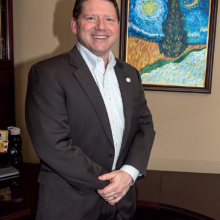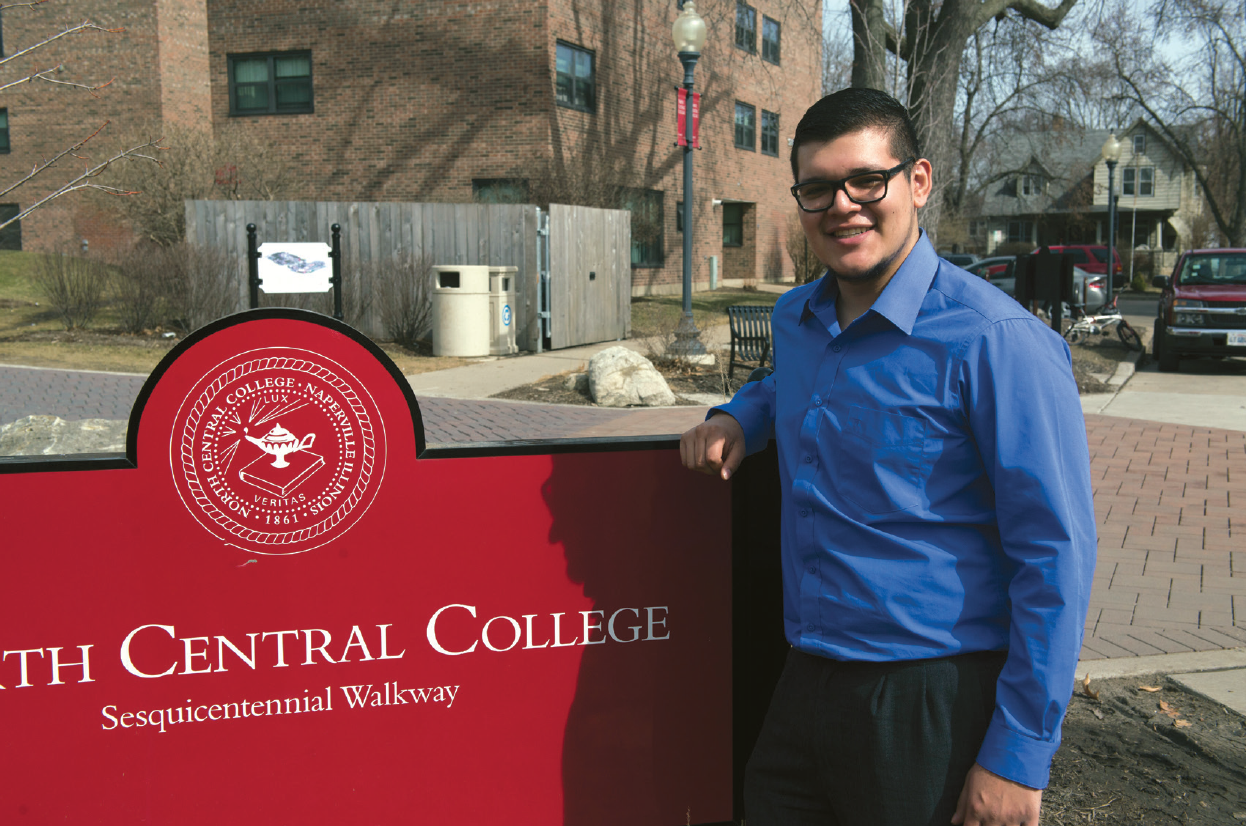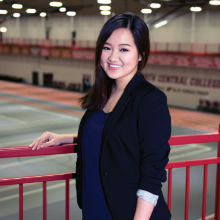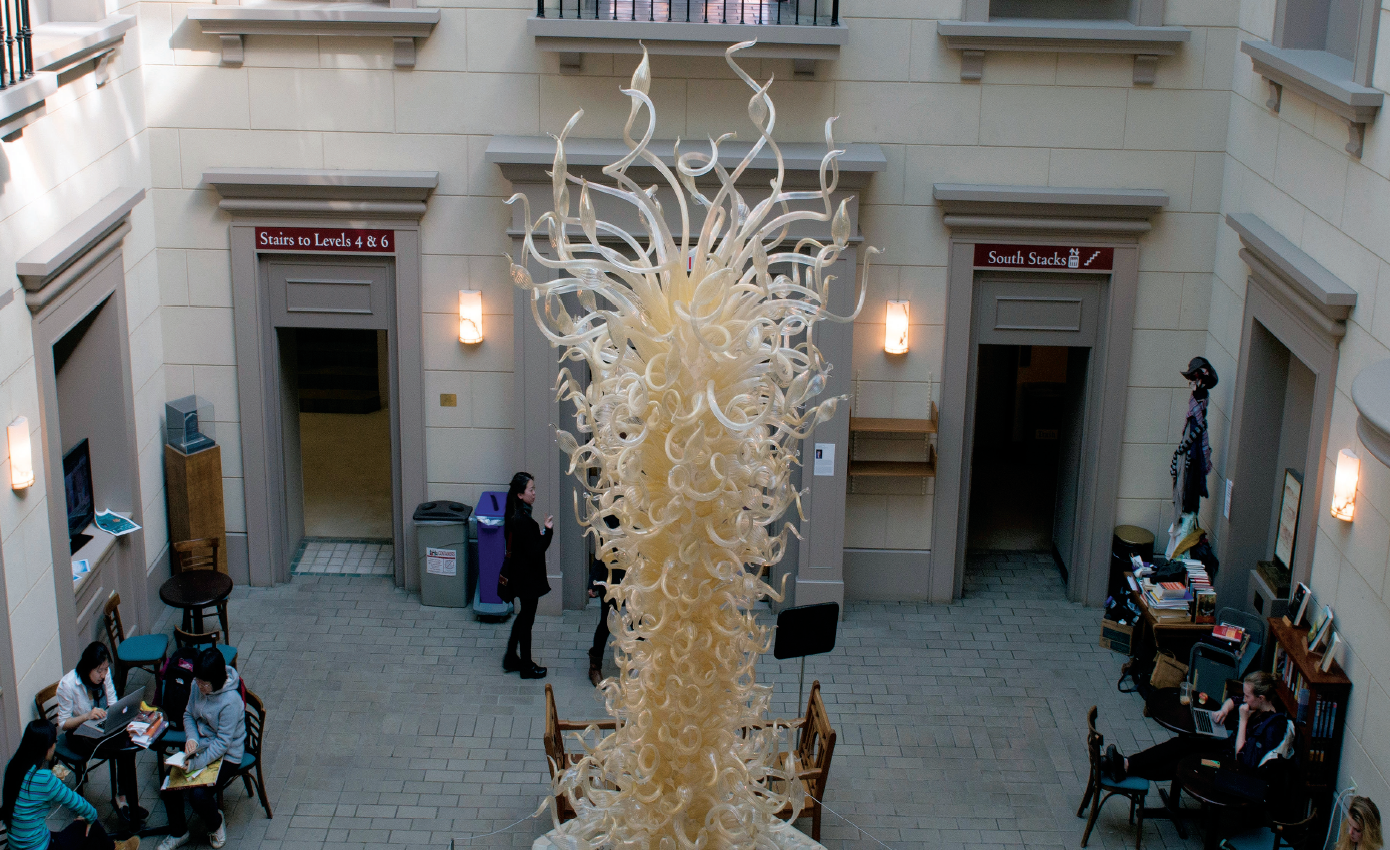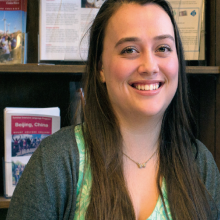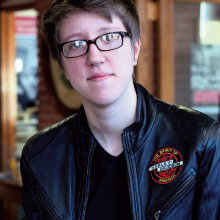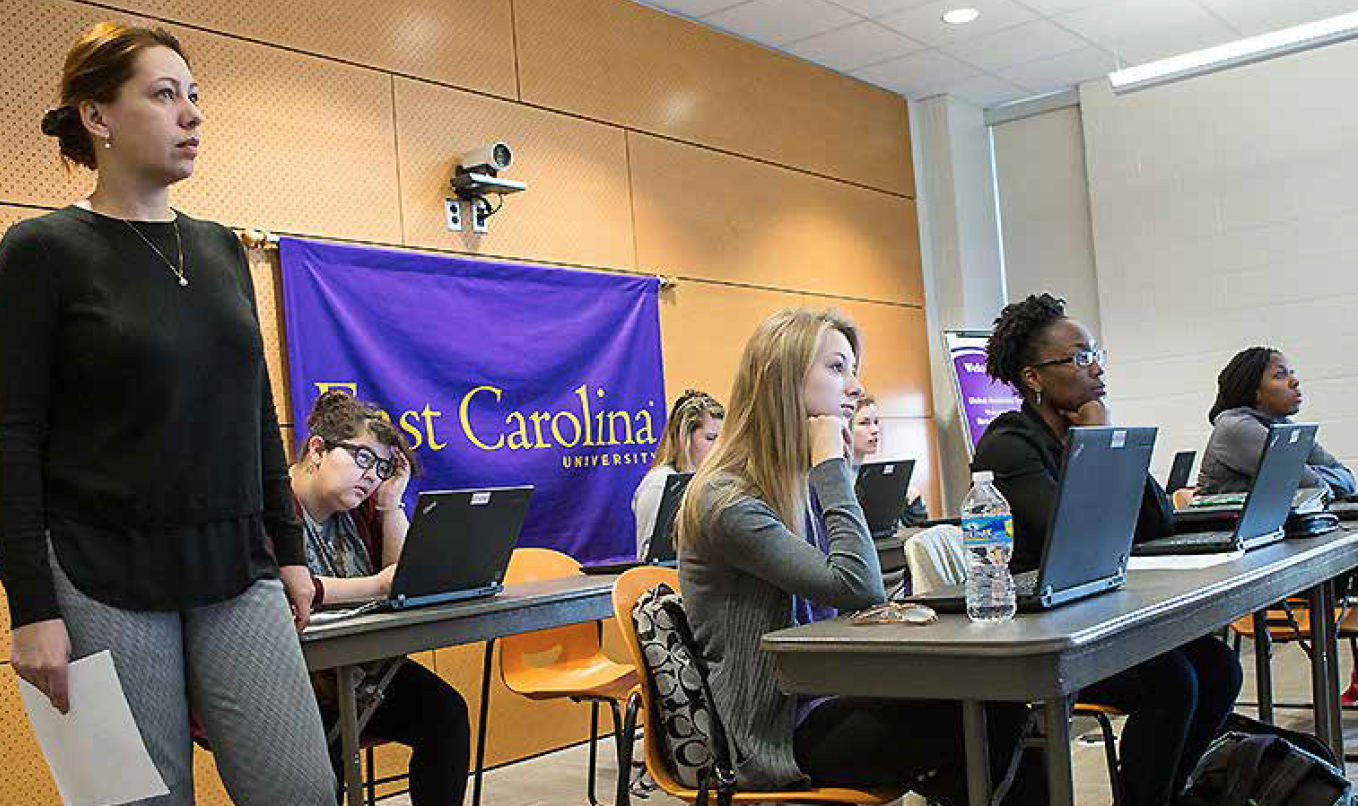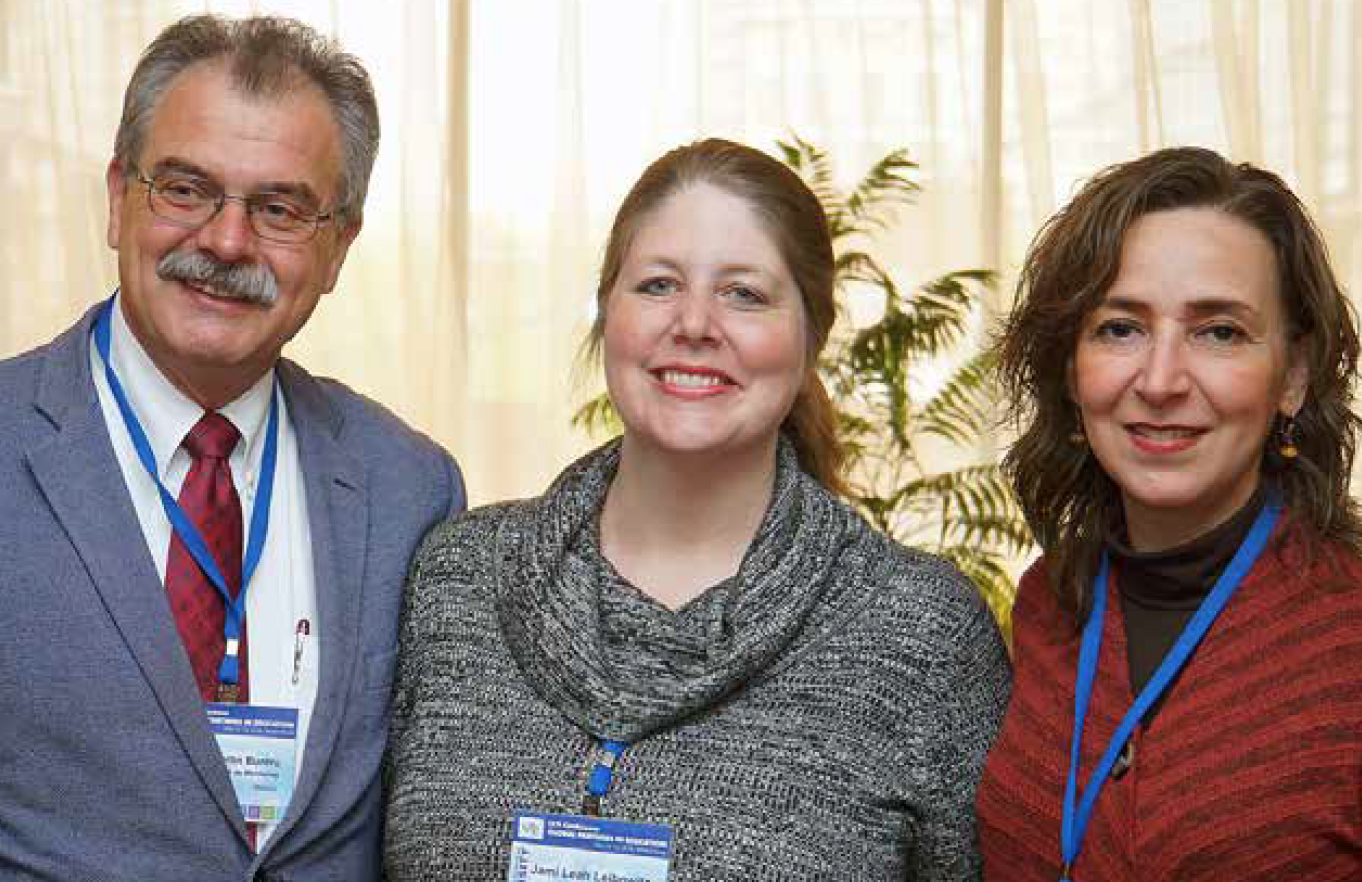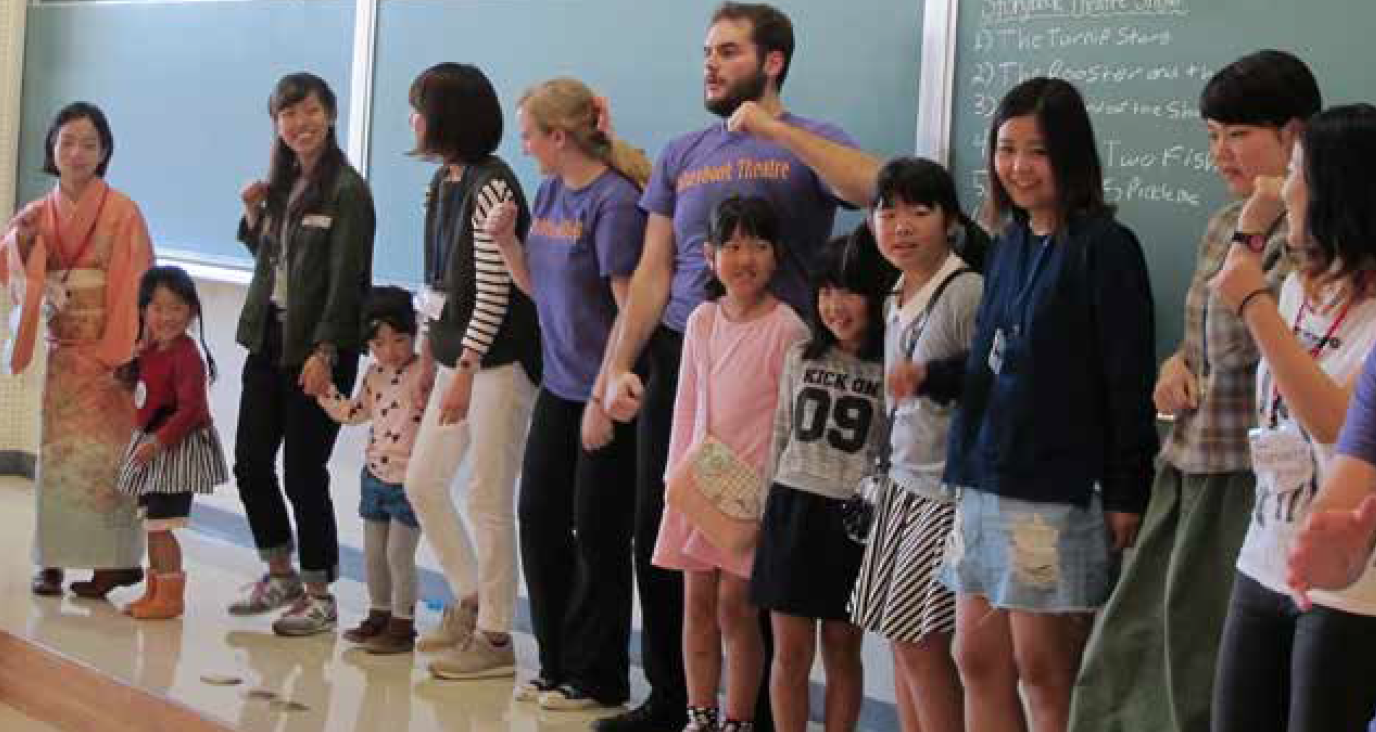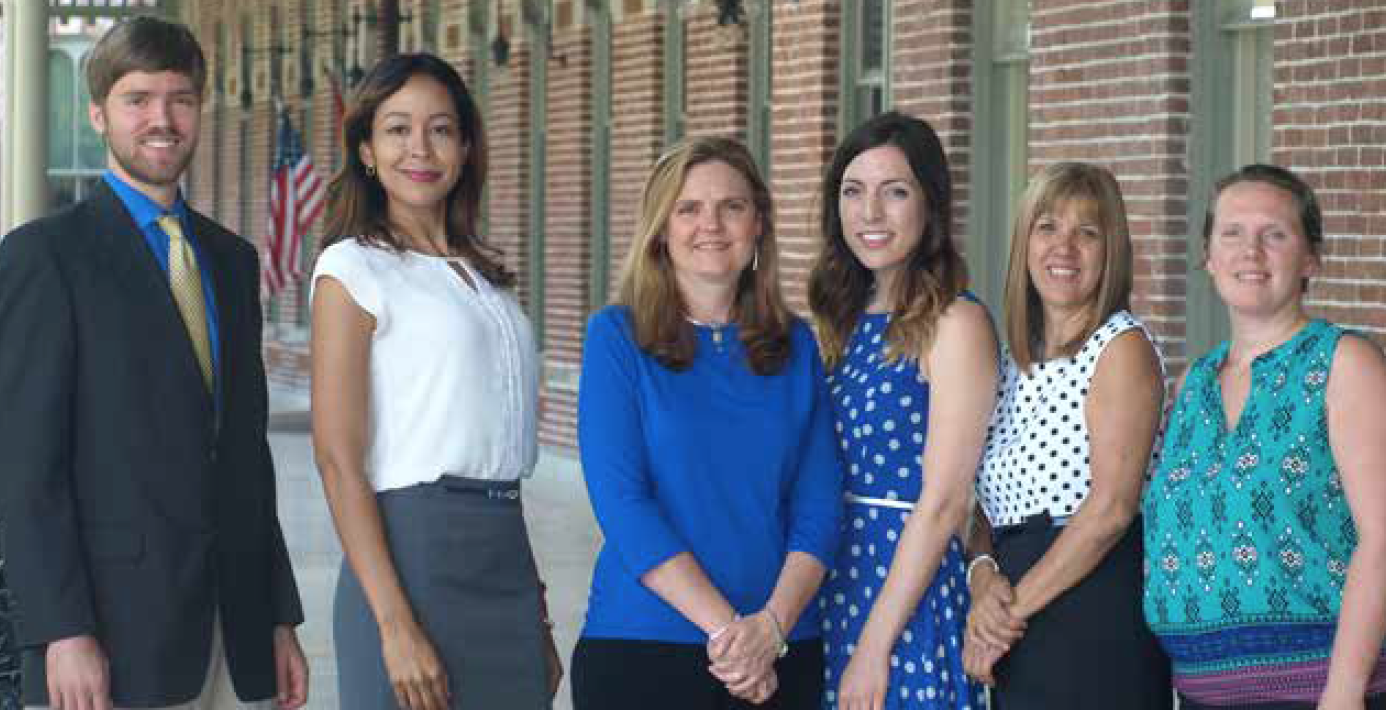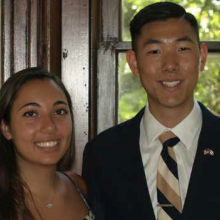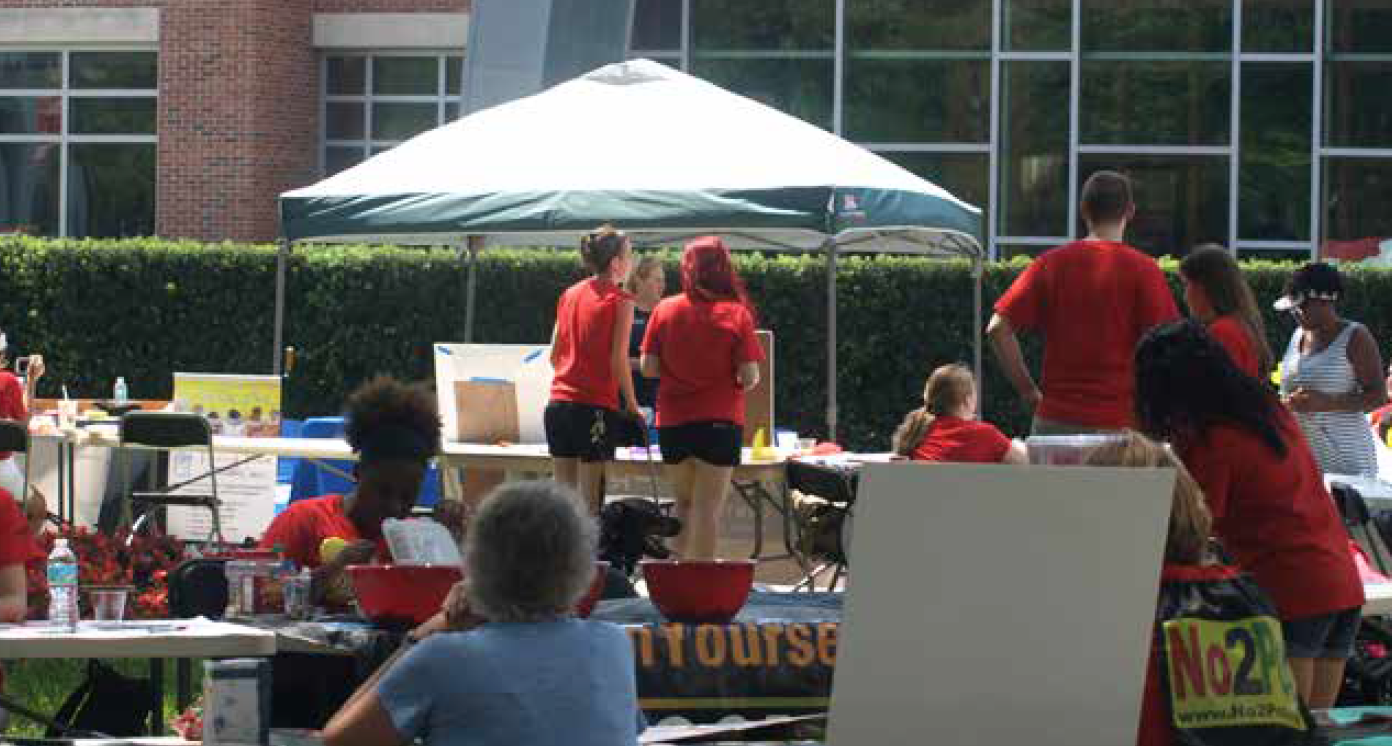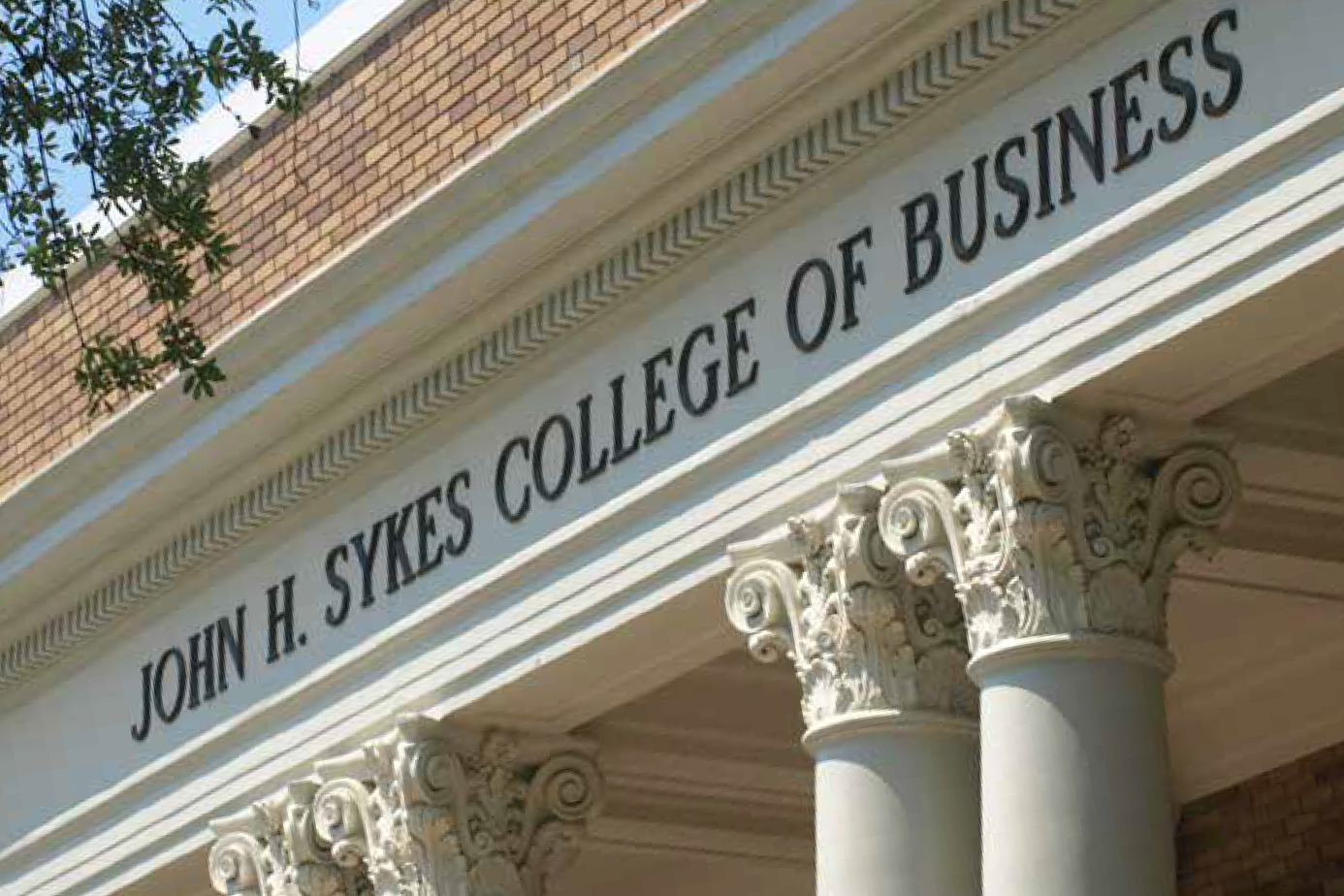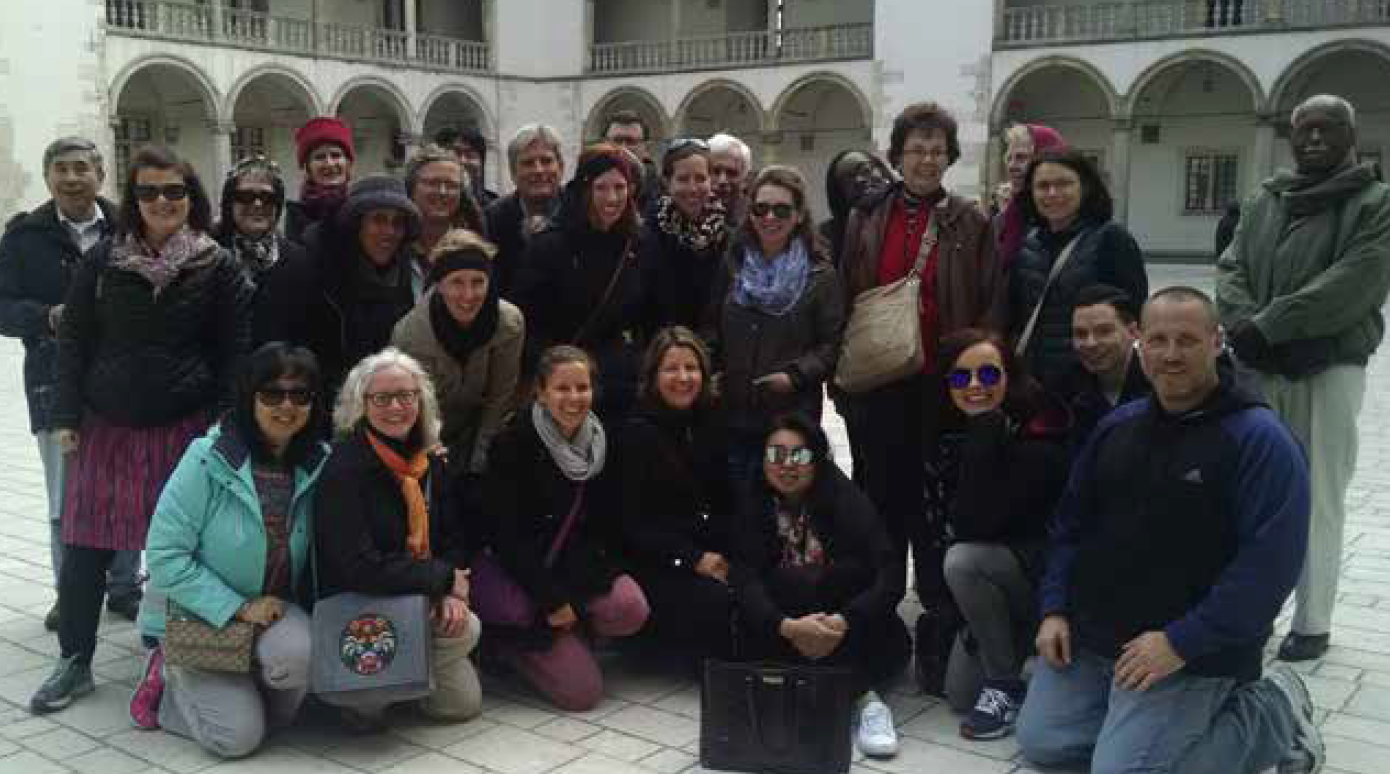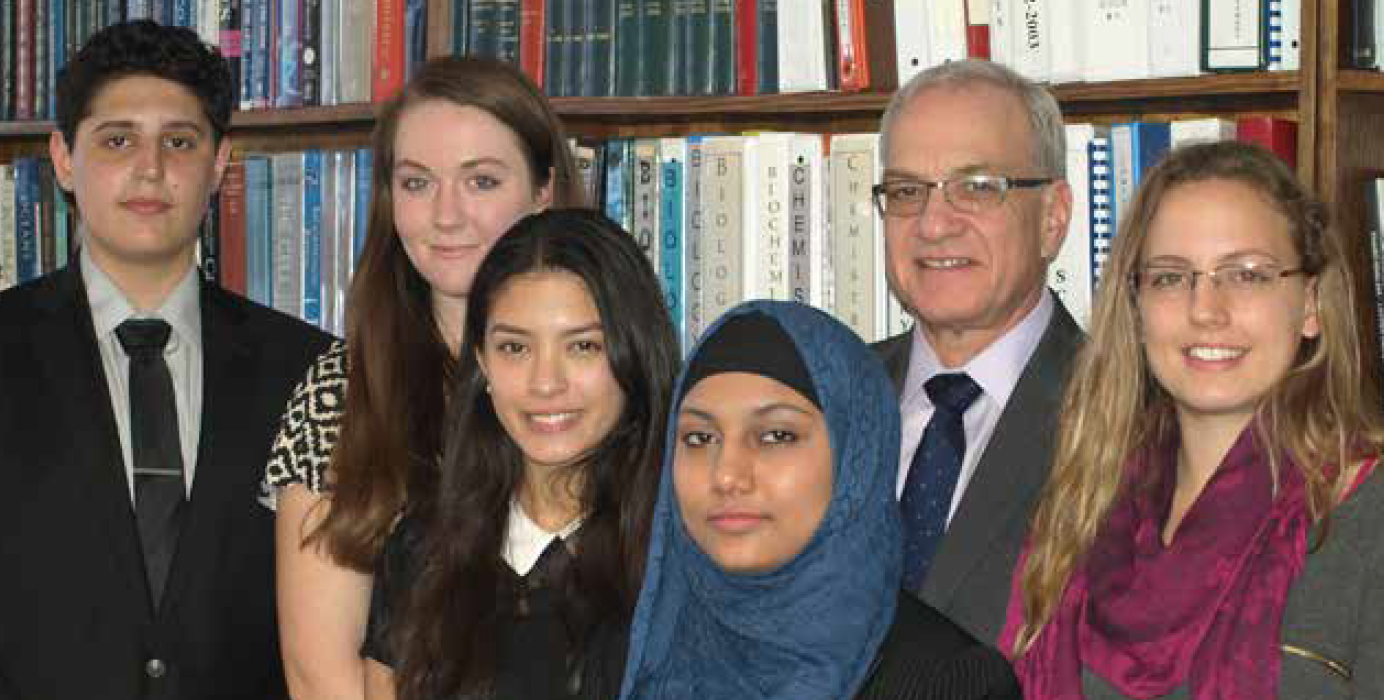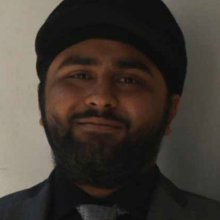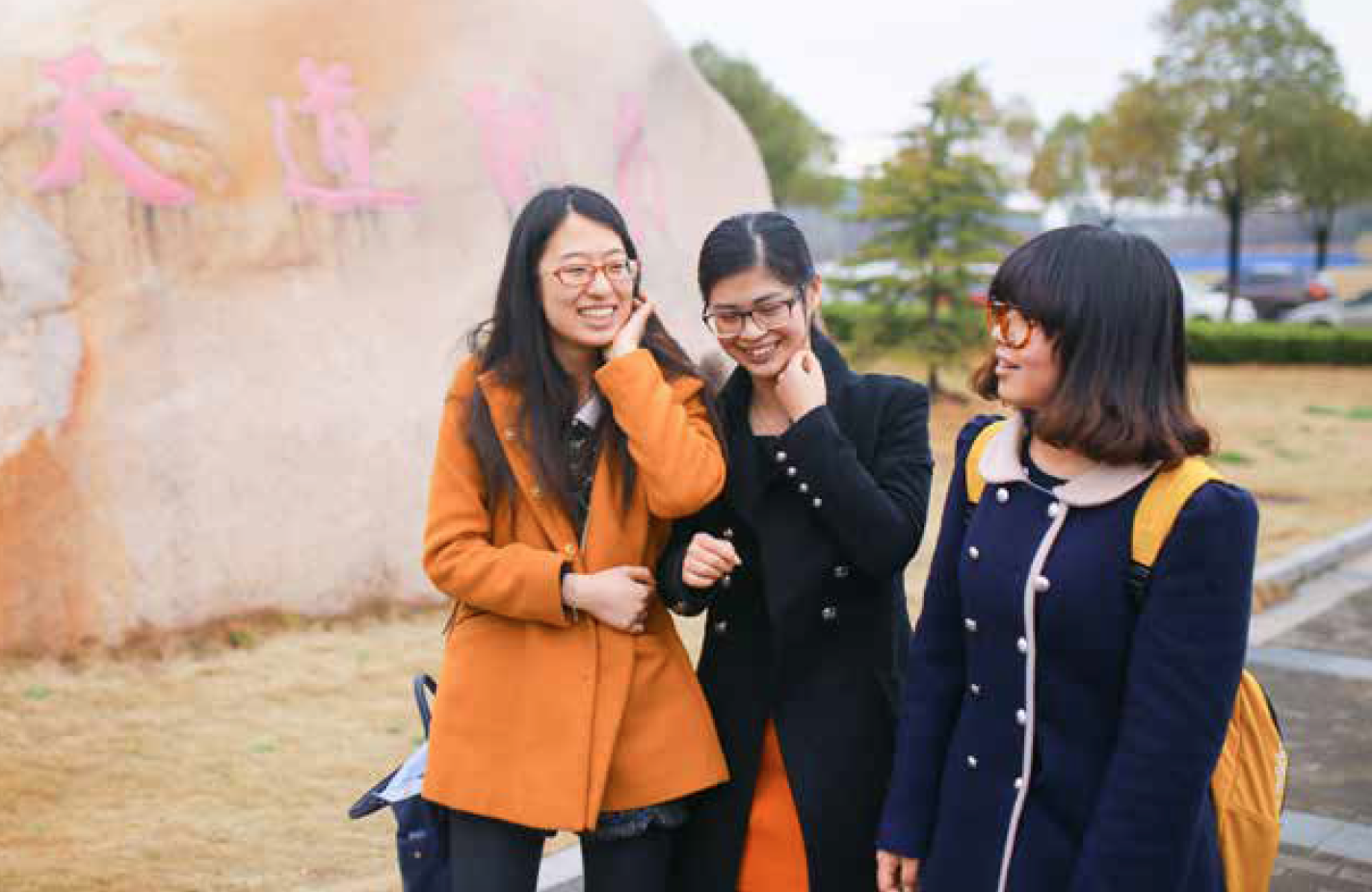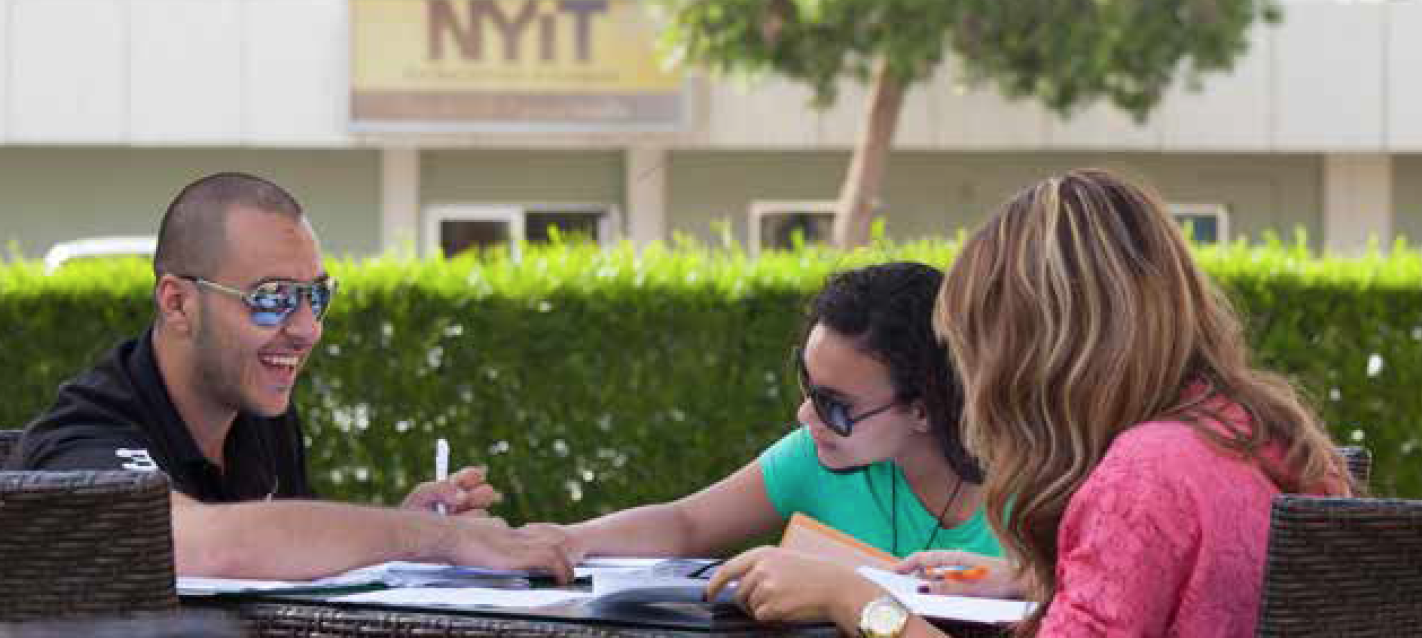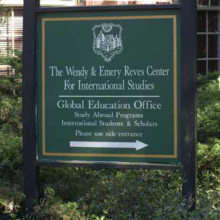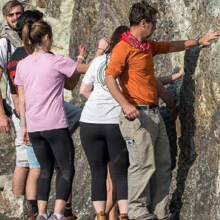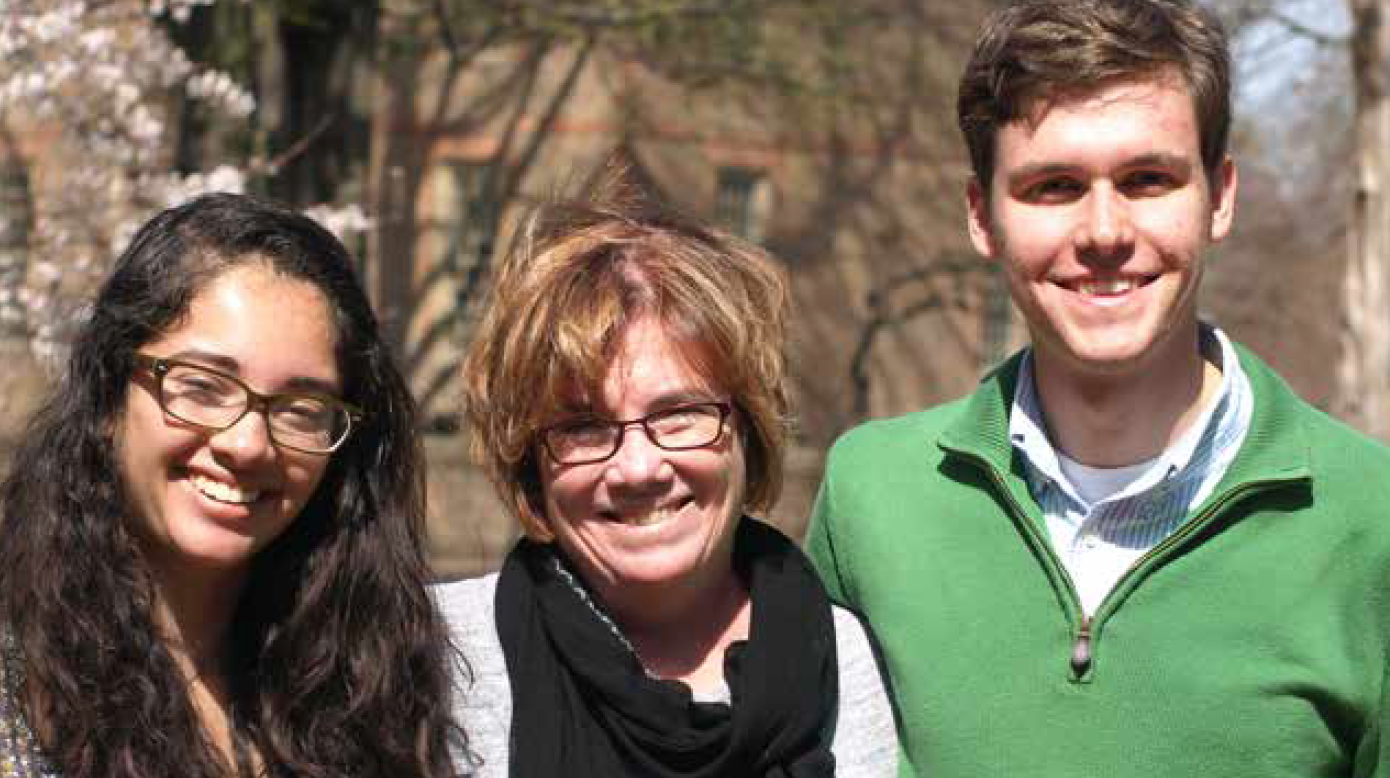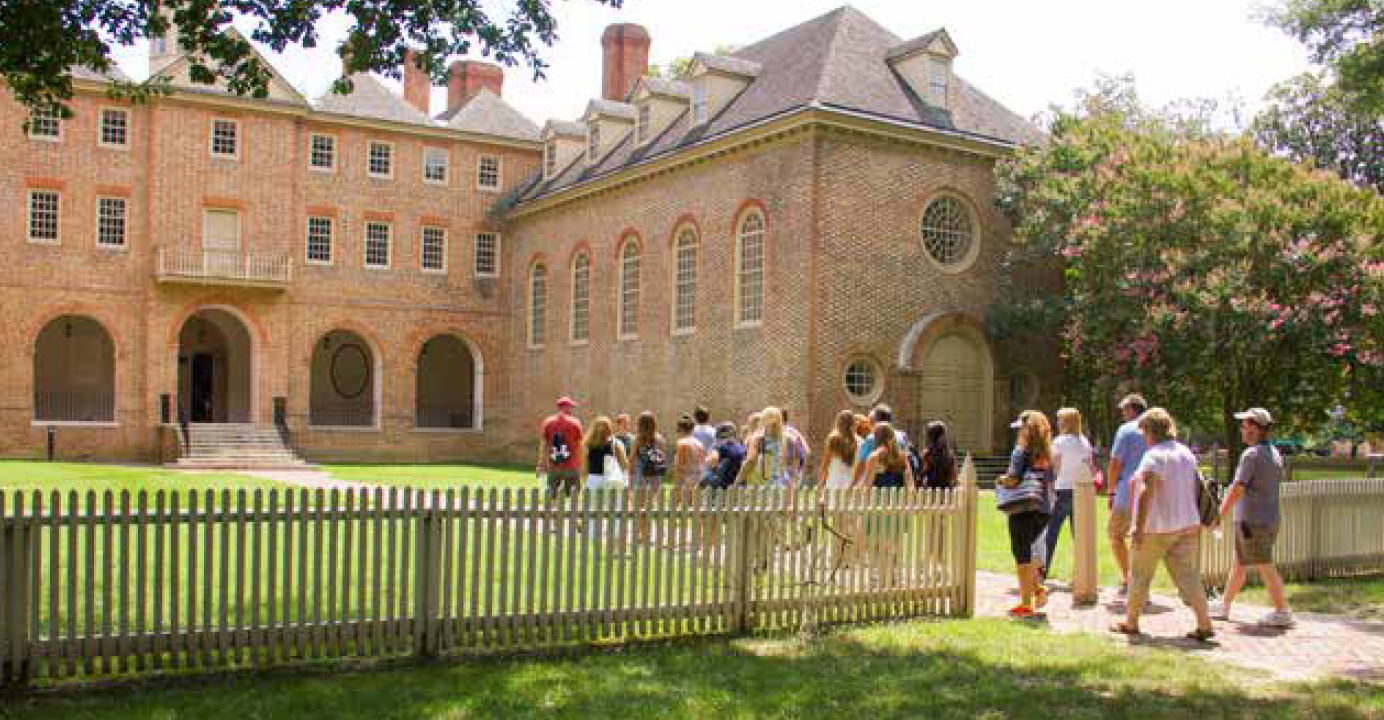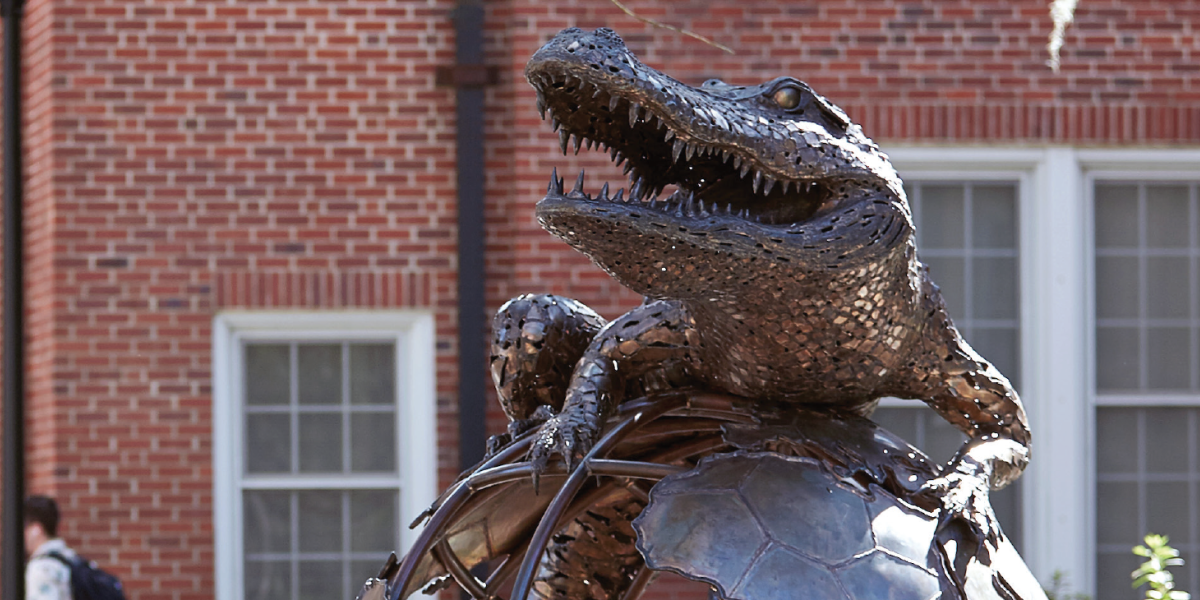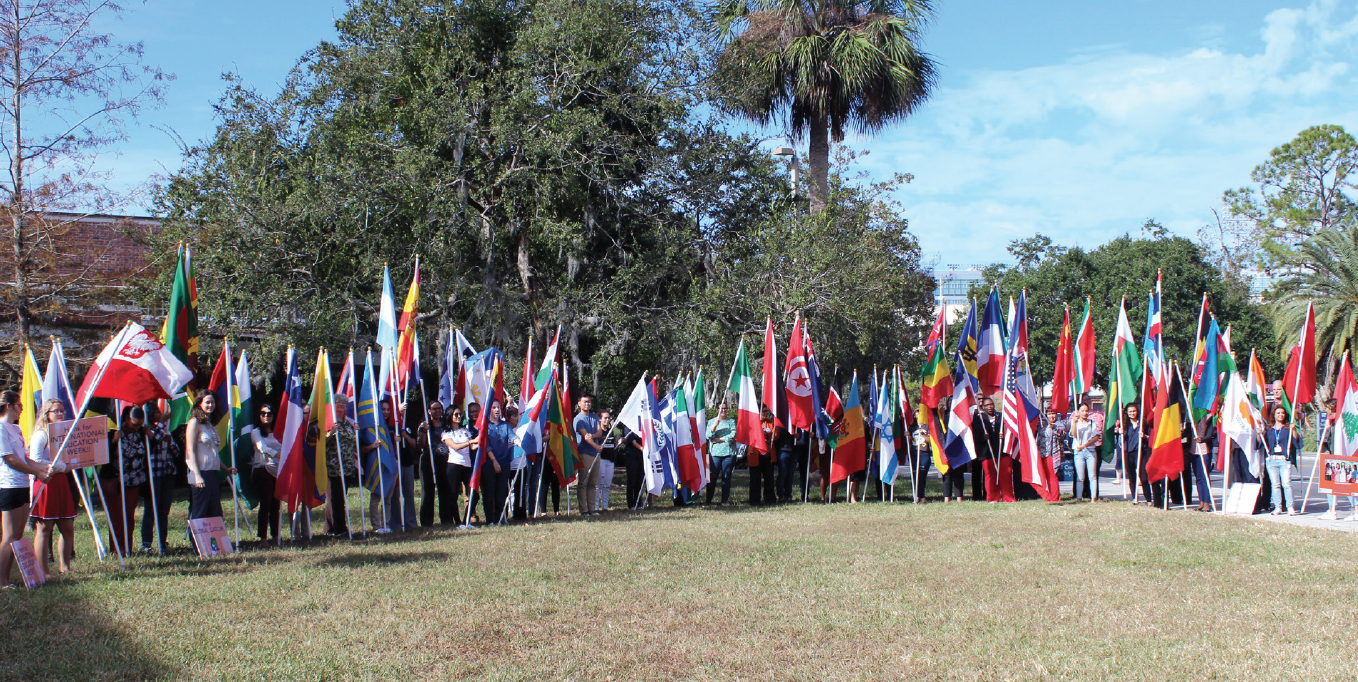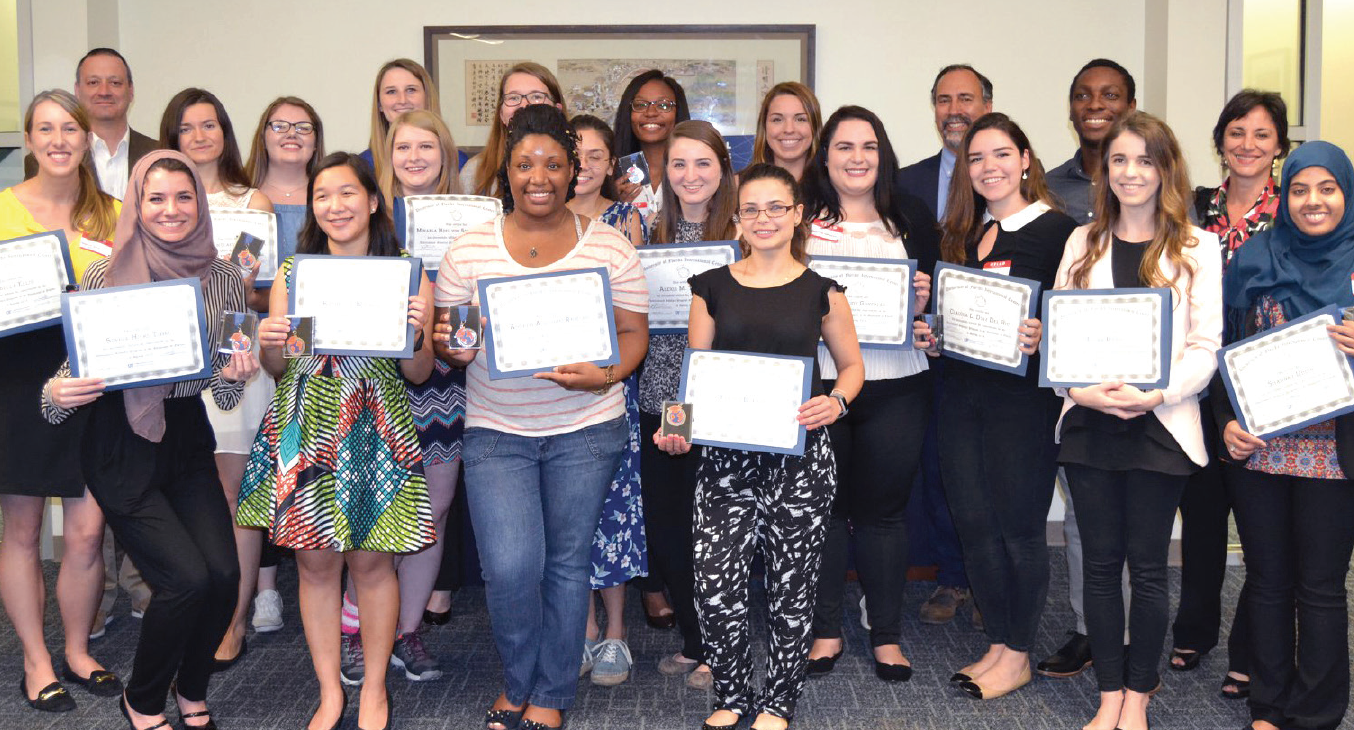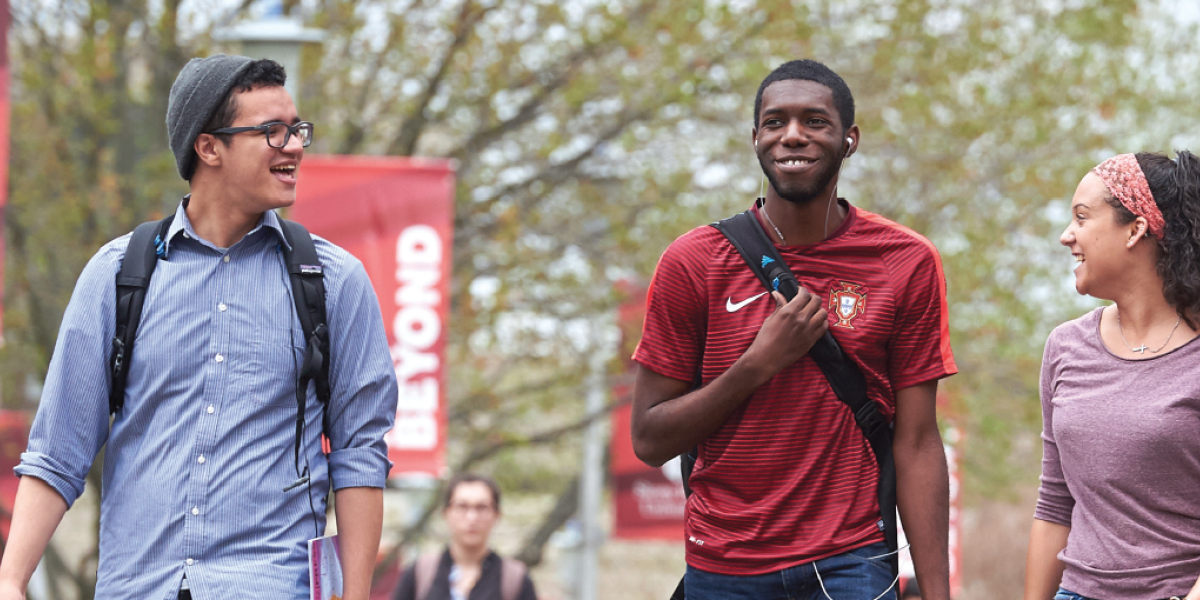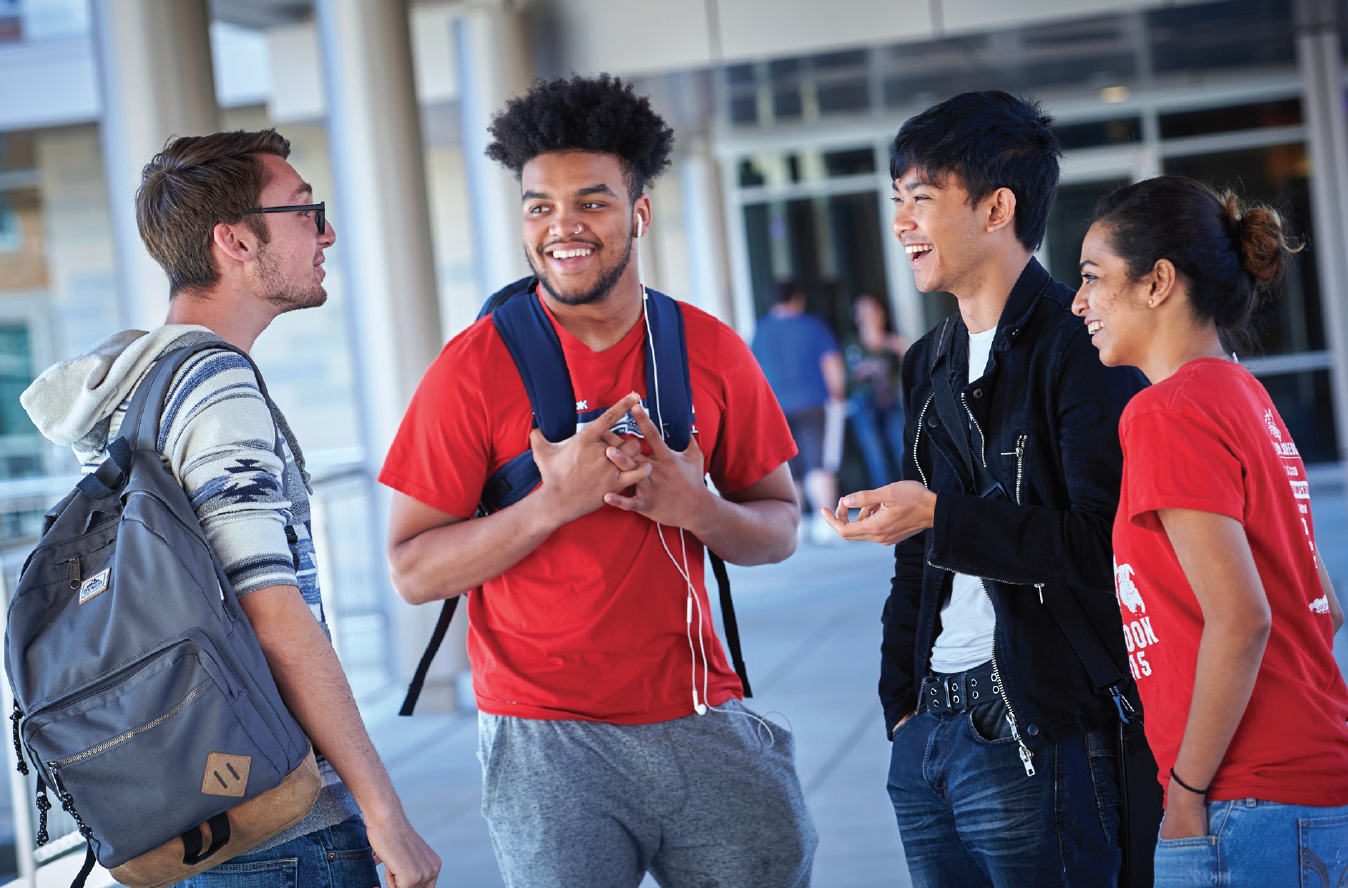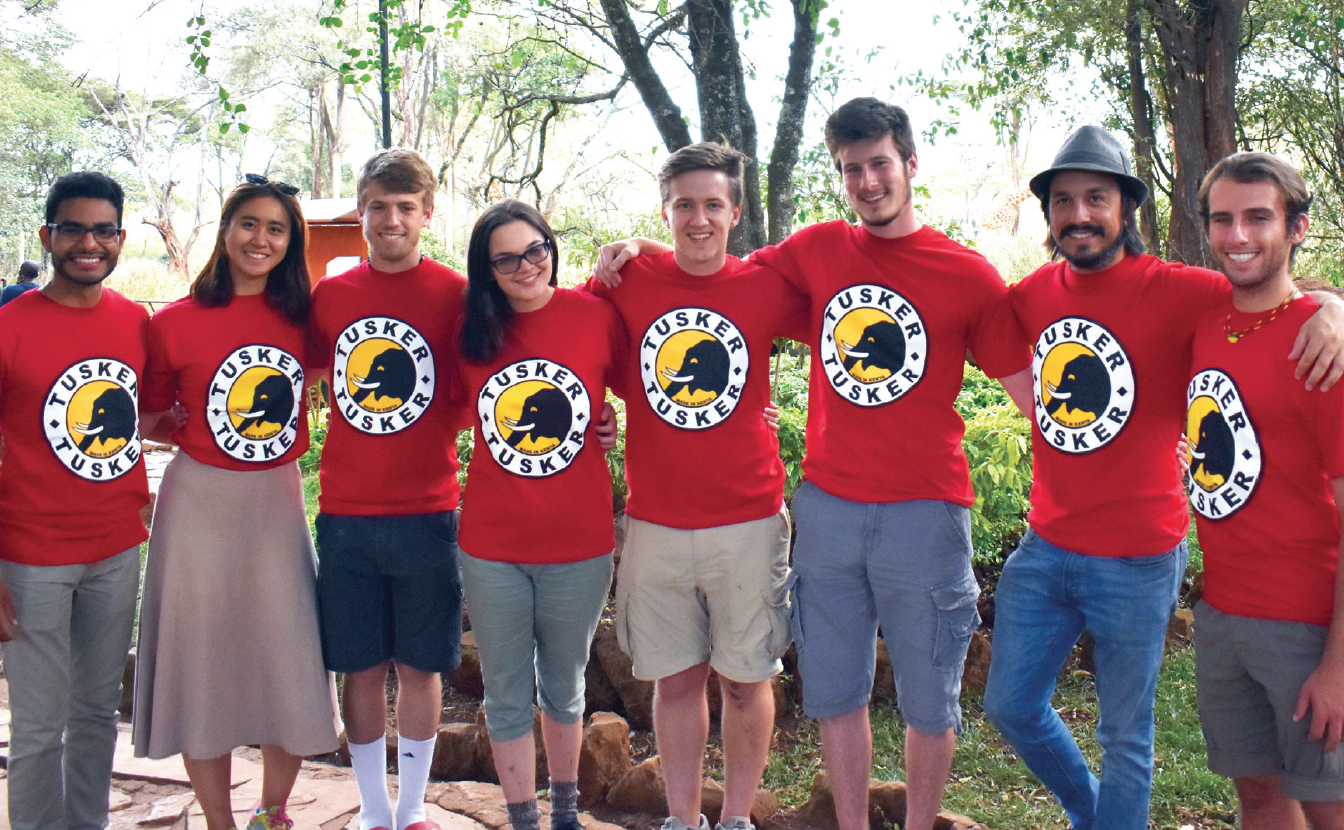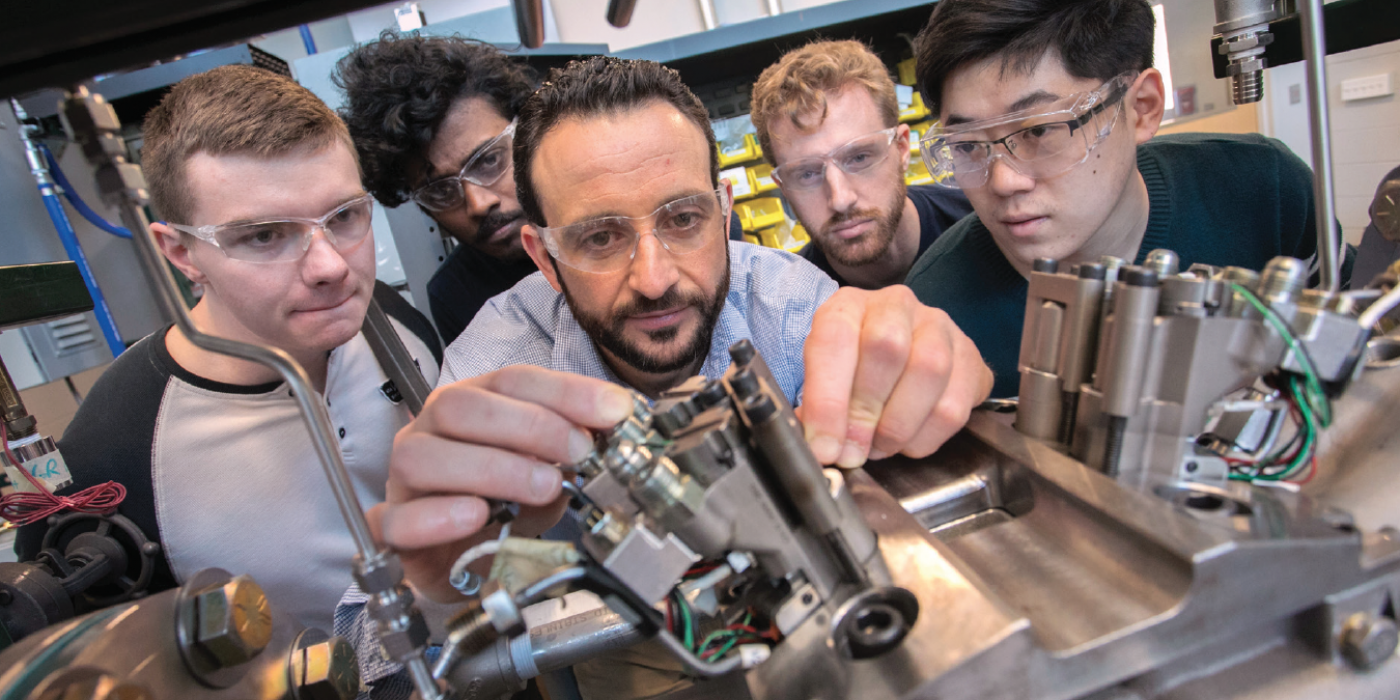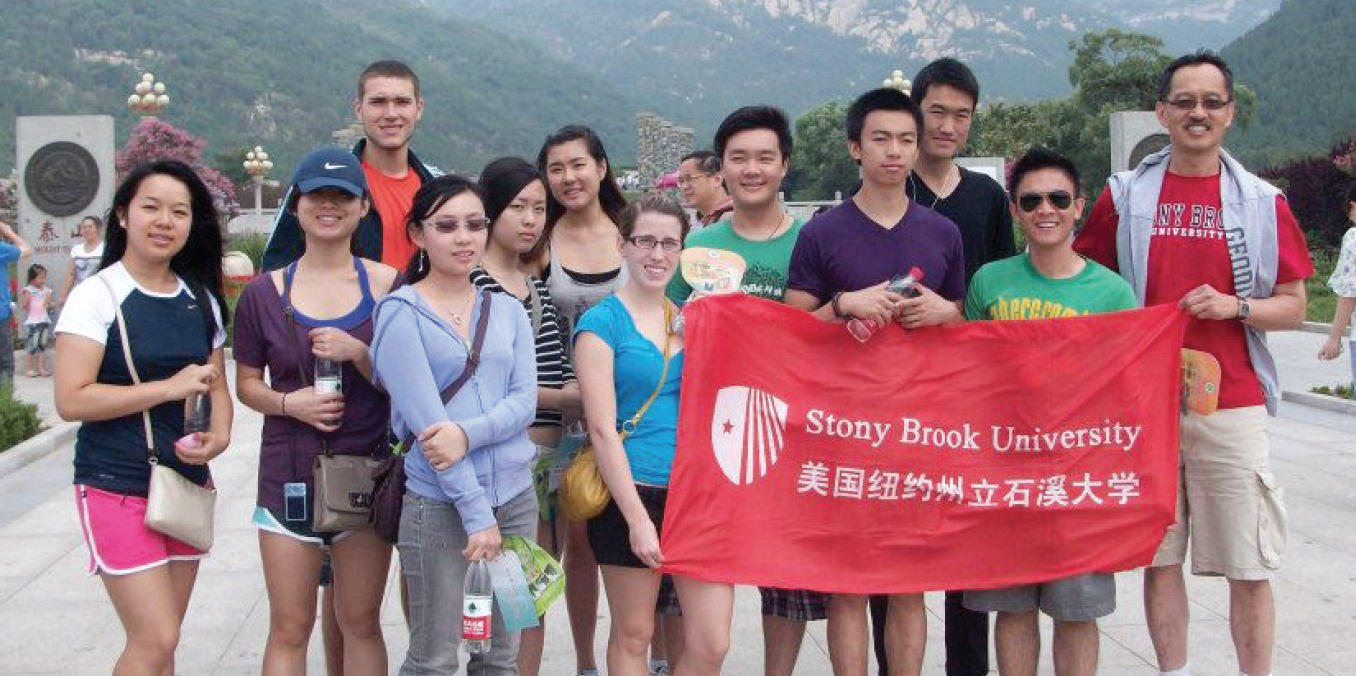2015 Comprehensive University of Delaware
The University of Delaware (UD) traces its roots to a colonial academy that produced three signers of the Declaration of Independence. It was chartered as a college in 1834 and selected as a land-grant institution after the Civil War. It has a rich tradition of study abroad, a robust intensive English institute, and a $200 million research enterprise. But when Patrick Harker became president in 2007, he was perturbed to learn that only 39 incoming freshmen—1 percent—came from other countries. No institution could reach the first tier of research universities with so few international students in its classrooms, he told the faculty. Today UD enrolls nearly 700 international undergraduates as well as 1,300 graduate students with 1,600 others learning English. “We turned that around. You can feel it on campus today. It just feels more diverse. But we’ve got more work to do,” said Harker, former dean of the Wharton School of the University of Pennsylvania.
Structural changes were necessary to accommodate the growth spurt. UD’s Office for International Students and Scholars (OISS), which once consisted of two people in tight quarters, now has a 10-person staff ensconced in a Georgian mansion at the heart of campus. “I feel like Cinderella,” said Frances O’Brien, the assistant director.
The relocation to the Wright House, formerly the faculty club, is “both metaphor and evidence of the university’s commitment to its international community,” said Nancy Guerra, former associate provost for international programs and director of the parent Institute for Global Studies (IGS), which provides grants to faculty, forges international partnerships, and oversees OISS and education abroad. Creating the institute was a key recommendation in a 2008 “Path to Prominence” strategic plan on how to elevate the stature of international programs and intensify global activity on all fronts.
“We made a small number of critical organizational changes that paid big dividends,” said Nancy Brickhouse, former deputy provost. Consolidating international programs provided “a much higher degree of visibility and access across campus” and enabled UD to attract faculty and professionals with deep experience in global education, said Brickhouse, now provost of Saint Louis University.
Among them was OISS Director Ravi Ammigan, who brought a wealth of programming experience from Michigan State University in 2013. The international office ramped up activities and “now we are a center of cross-cultural engagement as well,” he said.
Placing Delaware on the Map
Delaware, the first state to ratify the Constitution, is second smallest by size and forty-fifth by population. “Our big challenge is how to increase our international visibility. We don’t yet have really good global recognition,” said Guerra, a psychologist who stepped down as associate provost and IGS head to return full time to teaching and research on stopping childhood violence. Chris Lucier, vice president for enrollment management, said, “The location actually appeals to students once they know how close we are to Philadelphia, Washington, and New York. The strength of our engineering and business programs are major selling points.”
Reeling in more talent from abroad makes academic and economic sense, because UD already must look outside Delaware’s borders for 60 percent of its 21,000 students. It describes itself as a “state-assisted” institution, not fully public, since it is governed by its own trustees (the governor is an ex officio member) and gets only 13 percent of the budget from state coffers. “People assume we’re a big public institution. The reality is we’re medium sized and a public-private hybrid,” said Amy Greenwald Foley, IGS’s associate director for global outreach. “We have smaller classes and offer amenities you’d expect to find at a private institution.”
UD competes with larger flagship schools such as Penn State, Rutgers, and the University of Maryland. Among the attractions are the classic college-town feel of Newark (population 32,000) and a picture-book campus with stately elms shading Georgian buildings that line the Green.
Push for Global Engagement
Harker, a management expert trained as a civil and urban engineer, shook up UD’s budgeting and pushed colleges to eliminate low-demand programs. He believes the changes spurred departments to become more entrepreneurial and globally engaged. “It’s helped people be more creative about what kinds of programs we can offer and what types of grants we can go after,” said Harker, who stepped down in July to become president of the Federal Reserve Bank of Philadelphia.
Since 2003 UD has hosted top students from the Middle East and North Africa for civic leadership training funded by the U.S. Department of State, and more recently it was selected as one of 20 universities providing coursework and mentoring for young leaders from across Africa. It launched a UD Africa initiative in 2013 to increase partnerships with African universities and send more faculty and students to the continent. “A host of faculty do research in Africa,” said Gretchen Bauer, chair of political science and international relations, who is headed to Ghana on a Fulbright in 2016.
Norma Gaines-Hanks, a human development and family services professor, has taken students to South Africa for study and service eight times. Enrollment is capped at 30. “If the kids had their way, we’d take 100,” she said.
Academic and Cultural Ties with China
UD has made its greatest progress in expanding academic ties in China. A close relationship with Xiamen University extends back to 2007, including a dual doctoral degree in oceanography. UD is one of the U.S. campuses where Xiamen is sending dozens of doctoral students being groomed as future faculty.
Xiamen helped UD land a Confucius Institute in 2010 and provides two Mandarin teachers on loan, and the two universities are partnering to open a State Department–funded American Cultural Center on the Xiamen campus, one of 24 such centers across China.
“There are so many Confucius Institutes around the country. We want to be different,” said Jianguo Chen, the director and a professor of Chinese literature. He wants to provide expertise for Chinese entrepreneurs who are seeking to break into U.S. markets and American firms looking to do business in China.
Engineering in the Forefront
The pacesetter in many of UD’s efforts to extend its global reach is the College of Engineering led by Dean Babatunde Ogunnaike, a former DuPont researcher and member of the National Academy of Engineering. A new global engineering program combining bachelor’s and master’s degrees in five years is on the drawing boards. “My tagline for students is, ‘Let’s go change the world together,’” said the Nigerian-born Ogunnaike. Engineering is the most international of UD’s colleges, with 627 students from other countries, including Ugochukwu Nsofor, who is studying electromagnetics and nanophotonics for his doctorate. Nsofor volunteers at orientations for international students, which have undergone “a huge improvement” since OISS expanded, he said.
The four dozen students in UD’s Engineers Without Borders (EWB) chapter are trying to change the world already. They designed and built a bridge connecting two remote villages in Guatemala, completed a clean water project in Cameroon, and have scouted projects in Malawi and the Philippines. Over winter break, senior Kelsey McWilliams traveled to India with a UD team on a Gates Foundation–funded project to improve latrines. That project was started by the late civil engineering professor Steve Dentel, who recently lost a battle with cancer. Dentel, the original EWB adviser, had been to Cameroon 11 times.
IGS and the College of Engineering split costs of a newly created associate director position to manage the college’s international programs and work across disciplines with other colleges.
Keeping Study Abroad Affordable
The junior year abroad originated at UD. The first students’ embarkation in 1923 on an ocean liner bound for France made front-page news in the New York Times. Now 1,300 students head abroad each year, mostly in classes taught by scores of UD faculty over the five week winter term. One-third study abroad before graduation.
But costs are a concern, said Lisa Chieffo, the associate director. Fees for some programs top $10,000 (including airfare and housing but not tuition). The university has doubled aid for study abroad to $1 million and launched a Delaware Diplomats program that allows freshmen to earn up to $1,500 for study or internships abroad by participating in global events on campus, including lectures and international coffee hours. Fifty students enlisted in the first corps.
Kerry Snyder, 22, a wildlife conservation major who works in the global studies office, put several scholarships together that paid for a service class in Cambodia and two research trips to Nicaragua. “I’d like to see programs that are more affordable, honestly, because that is a barrier. Students come in and they’re so excited, but they just don’t have the money,” said Snyder.
In 2014 the university launched a World Scholars Program that offers incoming freshmen the opportunity to spend their first semester at John Cabot University in Rome. Six signed up, including Daria Collins, a budding linguistics major now learning Japanese and planning to study abroad again. “I definitely feel like a world scholar,” she said. Thirty-eight freshmen started classes in Rome in fall 2015 and Foley began scouting for a second partner university in Madrid.
Cynthia Schmidt-Cruz, professor of Spanish and interim director of the Center for Global and Area Studies, believes study abroad scholarships could entice more students to pursue a new minor in global studies that attracted 10 students last year.
A Fruitful Partnership on International Recruiting
UD’s English Language Institute (ELI) has grown so rapidly that its classrooms have spilled into seven buildings, including what was once the home of a Delaware paper mill magnate. Sixteen hundred students passed through its classrooms and labs in 2014–2015. More than a quarter came through a Conditional Admission Program (CAP) that guarantees entry to credit classes with no TOEFL required once they make the grade in language classes.
Once UD gave a green light for CAP in 2009, “we were off to the races,” said Director Scott Stevens, who won NAFSA’s 2015 Cassandra Pyle Award for Leadership and Collaboration for his efforts to raise standards for intensive English programs.
The ELI and UD’s Admissions Office once worked apart on international recruitment, but “it’s a very integrated team now,” said Vice President for Enrollment Management Lucier. International applications shot up 50 percent in two years. The enrollment surge presented challenges for UD as some students struggled to adjust to campus and academic life. “The whole transition to the culture of academia is critical,” said Stevens. The institute now forms cohorts of five to eight CAP students, each with a U.S. student mentor. Residing in global living communities, they read books together, work on study skills, and learn respect for academic standards, but also go on scavenger hunts and a weekend retreat.
The campus wide collaborative culture is apparent in the Global Recruitment and Retention Group that includes academic advisers and representatives from residence life, career services, and the counseling center. It meets monthly to brainstorm not only how to attract international students, but also how to better support them once they arrive.
Breaking the Ice with Facebook
Jill Neitzel and Patricia Sloane-White’s popular Anthropology 230 class on the lives of the “Young, Global, and Privileged” takes an innovative approach to breaking the ice between domestic and international students. Neitzel and Sloan-White assign readings and videos but the bulk of the work consists of student responses on a private Facebook page to a volley of questions on topics including inequality, race and gender, and pop culture and partying.
Students watched videos on racial tensions in Ferguson, Missouri, but also viewed a hilarious skit by the Fung Brothers, a duo of Chinese-American comedians, on “the Asian bubble” on U.S. campuses. They examined the huge gaps in both countries between the rich and working classes.
“It’s not all just ‘Let’s be friends,’” said Neitzel. “We approach this as a serious academic class, but rather than my standing up there lecturing, it’s participatory engagement in learning about other cultures anthropologically.”
The class drew raves. “I really wanted to have some Americans friends. Before this class, it did not work out,” said a Chinese student. “I even got to know Chinese culture better.” Using Facebook as a teaching tool was “absolutely brilliant,” said an American student.

